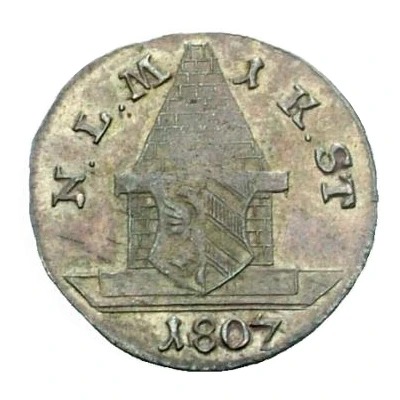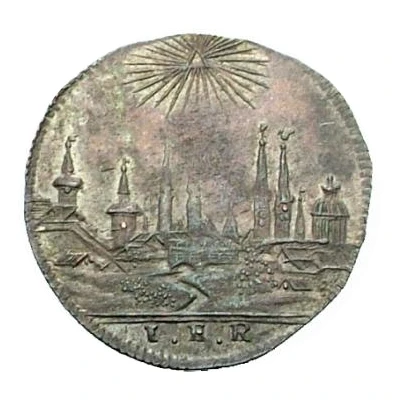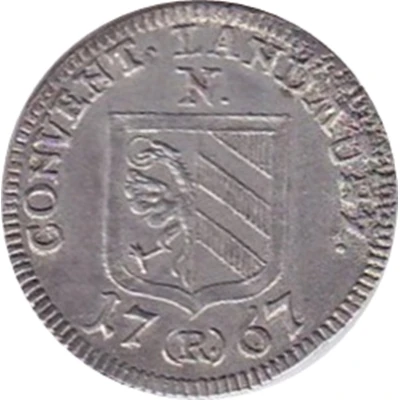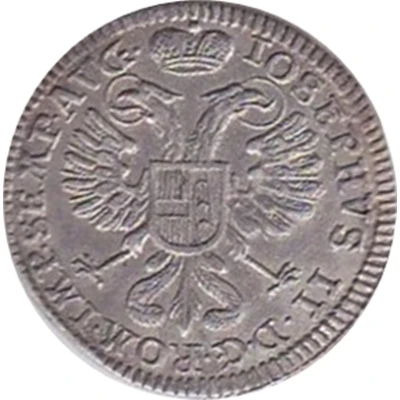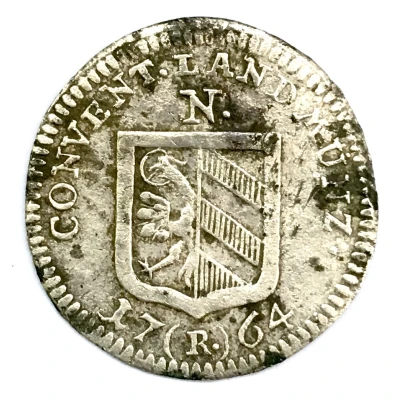
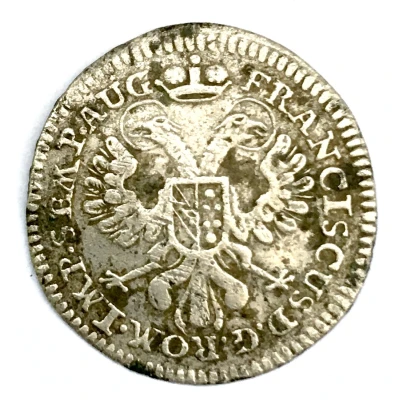

2½ Kreuzer
| Billon | 0.9 g | 18 mm |
| Issuer | Free imperial city of Nuremberg (German States) |
|---|---|
| Period | Free City (1219-1806) |
| Type | Standard circulation coin |
| Years | 1760-1764 |
| Value | 2½ Kreuzer (1⁄48) |
| Currency | Konventionsthaler (1754-1807) |
| Composition | Billon |
| Weight | 0.9 g |
| Diameter | 18 mm |
| Thickness | 0.6 mm |
| Shape | Round |
| Orientation | Medal alignment ↑↑ |
| Demonetized | Yes |
| Updated | 2024-10-05 |
| Numista | N#146248 |
|---|---|
| Rarity index | 95% |
Reverse
Crowned double-headed imperial eagle with arms on chest.
Script: Latin
Lettering: FRANCISCCUS D.G.ROM.IMP.SEMP.AUG.
Interesting fact
One interesting fact about the 2½ Kreuzer coin from the Free Imperial City of Nuremberg is that it was minted during a time of great economic and political change in Europe. The coin was issued during the reign of Emperor Francis I, who was instrumental in the development of the Austrian Empire and the spread of Enlightenment ideas. The coin's design, which features the imperial eagle and the Nuremberg coat of arms, reflects the city's status as a free imperial city and its connection to the larger Holy Roman Empire. Additionally, the use of billon, a copper and silver alloy, was a common practice during this time period, as it was a more affordable alternative to pure silver or gold coins. Overall, this coin provides a fascinating glimpse into the economic, political, and cultural landscape of 18th-century Europe.
